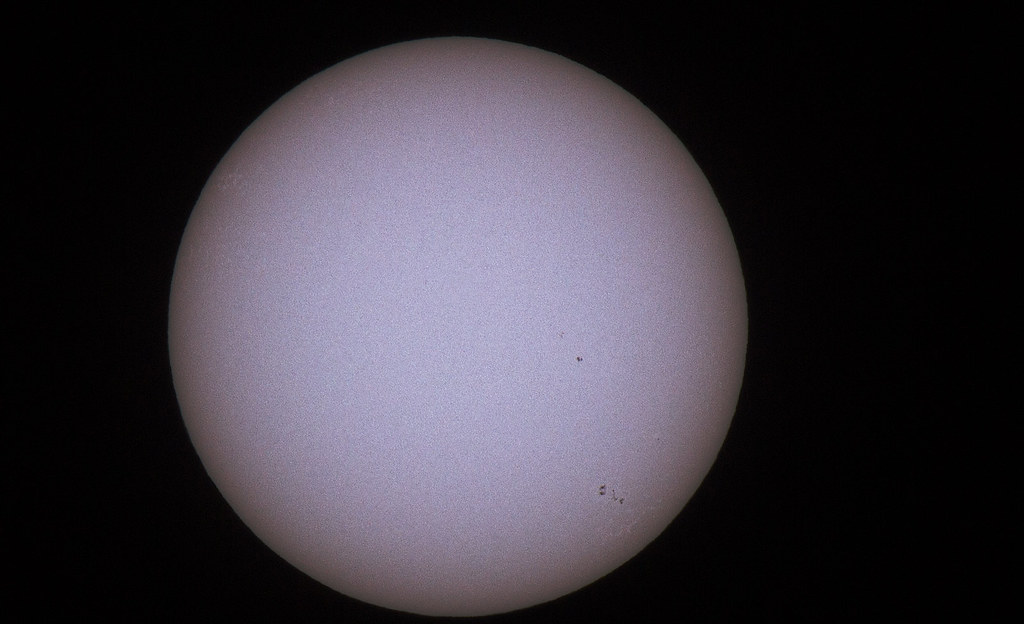- Messages
- 11,513
- Name
- Stewart
- Edit My Images
- Yes
Thought experiment.
I have a lens with an 82mm front element, and I want to fit a 10-stop ND filter onto the front of it. I have a filter but it's only 58mm.
I attach the 58mm ND filter to the centre of an 82mm filter using duct tape so that light can only get in through the ND filter, and then attach that to the lens.
By a curious coincidence 58^2 / 82^2 is almost exactly 1/2, so it seems that I'm only letting in half as much light as if I had an 82mm filter.
Q: By how much is the exposure affected when I use the filter like this? 10 stops, or 11 stops? And why?
I have a lens with an 82mm front element, and I want to fit a 10-stop ND filter onto the front of it. I have a filter but it's only 58mm.
I attach the 58mm ND filter to the centre of an 82mm filter using duct tape so that light can only get in through the ND filter, and then attach that to the lens.
By a curious coincidence 58^2 / 82^2 is almost exactly 1/2, so it seems that I'm only letting in half as much light as if I had an 82mm filter.
Q: By how much is the exposure affected when I use the filter like this? 10 stops, or 11 stops? And why?


 sun 03 march
sun 03 march